2021’s results highlight a unique aspect of TCM’s tactical risk management approach: the stronger the S&P becomes, the lower TCM’s hedging expense tends to be. In contrast, static risk management approaches (eg, continuous exposure to put options) tend to create relatively constant expense from year to year, growing ever larger the longer a bull market persists.
Year End Tax Planning
November 2021 Commentary
After stumbling in November, markets face two final hurdles before year end, first on Dec 15 at the final Fed meeting of the year and second when government funds are projected to dry up by Dec 21 absent further action from Congress to extend the US debt ceiling. While debate over this ever-rising “ceiling” has become an annual political sham that invariably ends with more debt, it nonetheless carries a risk of extreme outcomes that must be factored by markets.
October 2021 Commentary
Corrections (declines of less than 5%) are a fact of life in equity markets. They are irrelevant to long term outcomes and very expensive to protect against, yet they still preoccupy investors and the financial industry that caters to them. In our experience, it also seems to be true that the longer markets rise, the more sensitive investors become to corrections. Despite this psychology, the mathematical fact remains that less frequent large declines are the true risk to compound returns, and it is these periods that our approach seeks to address.
September 2021 Commentary
As of Sept 30, the S&P 500 is less than 5% off all time highs awaiting a catalyst to either end the correction or push markets closer to a true crisis. Heading into the historically volatile 4th quarter (see below), a few possible candidates are converging in October including the expected tapering of bond purchases by the Federal Reserve and political showdowns over the US debt ceiling and the multi-trillion dollar US infrastructure bill.

